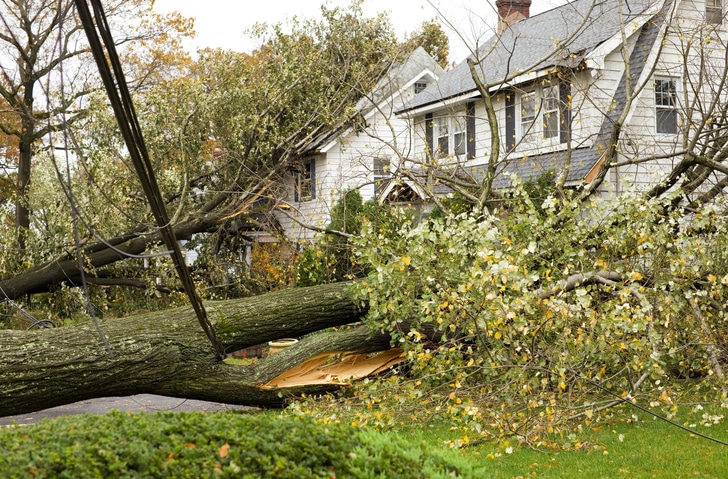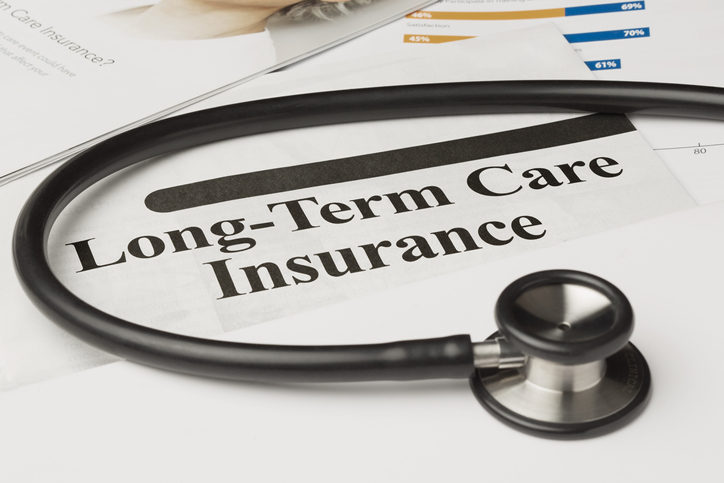For most Americans, their home is their largest asset. Making sure it’s adequately insured and protected is important. This is a critical consideration today given significant housing price increases that might not be fully covered in your insurance. Do you know if your homeowners insurance would cover the costs to rebuild your home in the event of a fire, flood, natural disaster or other event?
The True Cost to Rebuild
Currently due to inflation, supply chain interruptions, a housing boom, and a labor shortage, it is more expensive to do any sort of home construction, with long wait times. Those impacted by natural disasters are facing even higher costs due to huge demand in the impacted area. Another factor that can increase rebuilding costs is the necessity to bring a home up to current building codes, which adds to the cost, especially with older homes.
How to Know if You Have Enough Homeowners Insurance Coverage
Your insurance agent should be able to ask questions to help you evaluate current coverage relative to rebuilding costs. You will need to know items such as the square footage of your home, the level of customization and/or materials, flooring types, etc.
There are also online calculators to help determine building costs. Good calculators will ask a number of questions about your home. Keep in mind that building costs vary in different parts of the country due to cost of and accessibility to materials.
Another option to calculate home replacement cost is multiplying the square footage of a home by the average cost per square foot in the area (you can contact a local home builder or insurance agent to get this information). This will only give a general estimate because there are many factors other than just simple square footage like age, materials used to build the house, roofing, building codes, flooring, and interior and exterior features.
Common Causes of Underinsurance
- Inadequate Policy Inflation Factors: Most policies include inflation adjustments that help your level of coverage to increase over time. However, such protection features might not fully protect you against significant housing price increases, such as those in recent years.
- Improvements to Your Home: Homeowners frequently forget to contact their insurance companies to increase their coverage limits when they remodel, make improvements, add an addition, etc. If you’ve enhanced the value of your home, it’s important to insure those improvements.
- Exclusions and Limits: There are many things that a standard homeowners policy typically doesn’t cover, such as earthquakes and floods. Separate policies or riders are frequently required for exclusions. Furthermore, each type of coverage in your policy has its own limit, such as for windstorms or hail.
- Personal Belongings: If you’ve acquired new or additional personal belongings, particularly items of significant value, you could be underinsured. Any items of significant value should be included in the costs and specifically reported to the insurance company.
Types of Homeowners Insurance Policies
There are two main types of homeowners insurance policies: all risk and named perils. All risk coverage is a policy that insures against loss to the covered property from all causes, except those that are specifically excluded. Named perils coverage is a policy that only provides coverage for losses that are specifically listed in the policy.
Types of Dwelling Coverage
Guaranteed replacement cost coverage will pay for the full cost of rebuilding your home back to its previous size and specifications, and replace all personal property, even if the cost exceeds your policy limit. Keep in mind that guaranteed replacement cost coverage is not available in all states, and companies don’t always offer it.
In lieu of guaranteed replacement cost coverage, many carriers offer extended replacement cost coverage, which will payout between 110% – 150% of the policy dwelling limit. This helps cover extra rebuilding costs that are out of your control and in excess of the dwelling coverage limit. However, this additional coverage amount still might not be adequate to rebuild. It is up to the homeowner to ensure that their policy’s dwelling coverage amount is accurate and keeps pace with inflation.
Wind Coverage
While a windstorm (high winds, tornadoes, hurricanes) is a peril that is covered by many homeowners insurance policies, it is important to understand what your specific policy does and does not cover when it comes to wind damage. Coverage limits are another important factor to consider. If your homeowners insurance policy covers wind damage, it will only pay up to the limit you chose when you purchased coverage. Also, some homeowners insurance policies have specific deductibles for damage caused by windstorms.
While a hurricane can cause wind damage, flooding as a result of a hurricane is typically not insured under a standard policy. Separate flood insurance is often required.
Water Damage Coverage
Homeowners insurance policies usually do not cover flood damage. As noted above, even if your policy does cover windstorm damage caused by a hurricane, it will likely not cover the damage of flooding. Flood insurance is a separate policy that is sold through the National Flood Insurance Program.
For all rising water situations, only flood insurance will cover your basement, and even then the coverage is limited. Flood insurance covers certain objects in your basement, like personal property and appliances, but it does not cover finished ceilings or floors. When you take out a flood policy, you need to purchase both dwelling and contents coverage to get the maximum protection for your basement.
Preventing a flood from occurring in the first place is the wisest course of action, especially if you have a finished basement. One of the best defenses against a flooded basement is a functioning sump pump that pushes water out.
Sump Pump and Water Backup Rider: If an external sewer system backs up into your home and basement, your insurance will not cover the resulting damage. Water backup coverage, also called sewer or sump pump backup coverage, is a useful endorsement that you can add to your policy. It covers your home and personal property in the event of water damage from a sump pump, drain or sewer overflow or backup. it is relatively inexpensive, but only covers a limited dollar amount.
Water Seeping from Underground: After a period of heavy rain, the ground can become saturated with water which can seep through the ground into your basement. Homeowners insurance companies do not consider this a covered peril. Flood insurance also will not cover water seepage damage unless it is directly related to a flood in the area. The best defense against this misfortune is to make sure the foundation of your home is solid and leak-proof.
Mold Damage: Whether you are covered for mold damage and removal often comes down to the source of the moisture and the wording of a policy. For most standard homeowners policies, mold removal is only covered when the source of the mold is the result of an already covered peril in your policy, such as water damage.
Personal Property Coverage
There are two types of personal property coverage for the contents of your home: actual cash value and replacement cost coverage. Actual cash value is the cost to purchase an item new minus depreciation/wear and tear. Replacement cost coverage on personal property offers extra protection since it pays the cost to fully replace an item, regardless of wear and tear, by purchasing a new one of like kind and quality. This type of coverage is worth the slight additional cost.
Loss of Use Coverage
Finally, make sure you also review your loss of use coverage. Replacing your home after damage is not only costly, but time consuming as well. Loss of use coverage pays for your temporary living expenses (such as staying at a hotel or in a rental property) while your home is being repaired or rebuilt. Coverage can sometimes be needed for a long period of time relative to construction demands and delays.
Making sure that your home is not underinsured is essential. During times of upheaval, you want to be able to depend on your insurance. Read your policy and contact your agent to review your coverage limits and deductibles.
SageVest Wealth Management goes above and beyond the services of traditional investment and financial advisors. We provide a true wealth management approach that integrates your investment and broader financial decisions under one roof. We invite you to contact us to learn how you can make a wise investment in your future.




